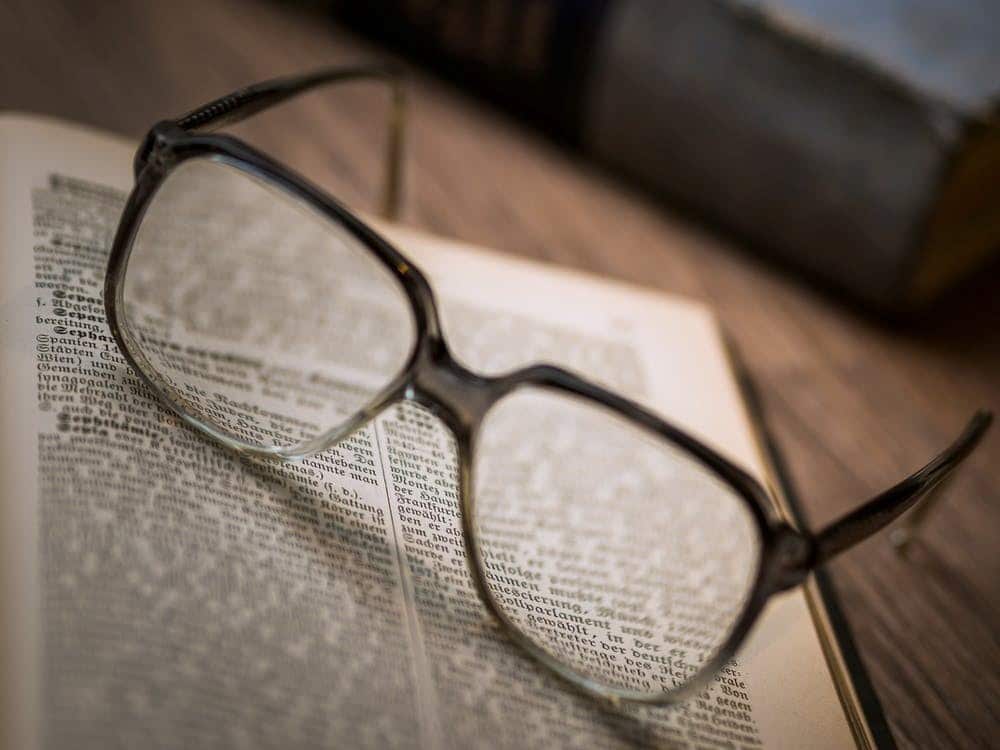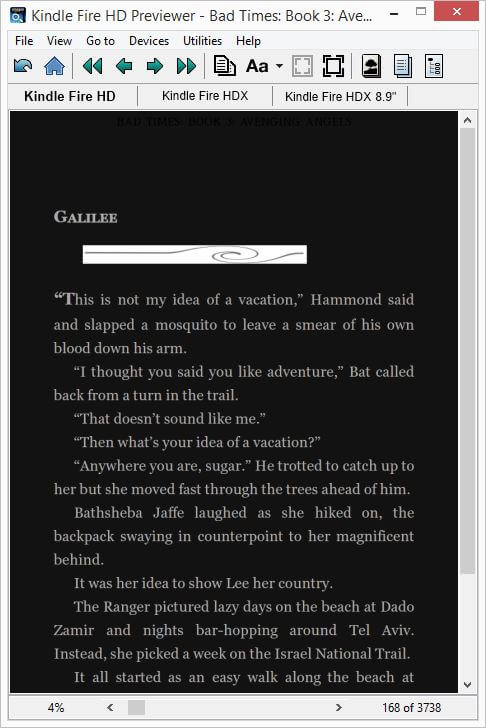
eReaders have become hugely popular in recent years. While at the start, many people claimed that they would never replace actual books, with the tactile nature of page turning part of the fun of reading for many, their usefulness has converted more than a few critics. Part of the appeal of eBooks is for anyone to publish their work, and therefore easy for people to find exactly what they’re looking for. Want to find the biography of an obscure Belgian artist or the local history of your area? Chances are that someone has written an eBook on the subject, and you can download it instantly.
eReaders have made books much more accessible to people with busy lives. Instead of having to carry a book around all day, on the off chance that you find a few minutes’ peace to delve into it, eReaders are the size of a tablet: thin and light and able to fit inconspicuously into most bags. Failing that, there are many eReader apps which you can install on your smartphone, and the size of the text adjusts to all different screen sizes so that you won’t find yourself straining to see.
In a small study in 2013, the researchers looked into visual fatigue as a result of prolonged reading on three mediums. Participants in the study took part in prolonged reading sessions on LCD eReaders, E-ink eReaders and traditional paper books. Results suggested that reading the LCD eReader (Kindle Fire HD) triggers higher visual fatigue than the E-ink (Kindle Paperwhite) and paper books.

Many people already need to wear glasses or contact lenses to correct their vision. In fact, as many as 75% of all adults use some kind of corrective lenses, often while reading or using a screen. Concentrating on a screen for long hours at a time can strain the muscles in your eyes because they are having to keep the same focus – think of it like holding your arm above your head: eventually it’s going to start aching. Many people read ebooks not only on e-readers, but tablets and smartphones, these devices are constantly flickering at a specific frequency, whereas e-readers do not do this.
Obviously more people are reading on LCD or OLED screens before they go to sleep. Maybe you are trying to finish the last few chapters, or reading the latest news on COVID. These screens cause problems due to the amount of blue light they give out. Blue light is prevalent in sunlight, and it’s responsible for helping out bodies regulate their sleep cycle. Less sunlight means time to sleep, but our reliance on artificial light sources is playing havoc with our natural circadian rhythms. The lightbulbs normally give out a soft yellow glow, which has less of a stimulating effect on our bodies, LCD and LED screens mostly give off blue light and suppress melatonin.
But don’t worry, there are a number of things you can do to solve this problem. Firstly, if you are reading on an iPad, Android tablet or smartphone for most of your reading, you could invest in some blue light blocking glasses. The lenses are gently tinted to stop the blue light from reaching your eyes. They’re great for anyone who works at a computer all day, and are available with a prescription, or just with plain lenses for those who don’t need corrective lenses. If you are constantly switching between multiple devices, then wearing a pair of blue light blocking glasses is the easiest way to keep a consistent level of protection. They look exactly the same as any other glasses, meaning you won’t stand out in the crowd or look overly conspicuous.

If you’re not a fan of glasses, or you only use one screen, most modern tablets and eReaders have a few in-built options you can try. Firstly, you could set your display to ‘night mode’. This switches the colours around, so you have a light text on a dark background. Without so much white being projected by the screen, there is less blue light given off. Another option is to see if your device has a blue light filter that you can switch on. If not, then you should be able to find a downloadable app to adjust the settings for you. Whether you are using iOS, Android or Windows, there will be something to help you.
It might take you a while to get used to viewing everything through a light orange filter, but you will quickly begin to feel the benefits. Users report finding it easier to get to sleep in the evenings and finding it easier to stay asleep once they drop off. Blue light glasses have also been linked to a reduction in headaches and should even limit the damage that blue light can do to our retinas. Perhaps most importantly, blue light glasses offer a real solution to helping prevent the eye strain that more and more people are finding that they suffer from. If limiting screen time isn’t possible, because it’s a large part of your job, then filtering the light and giving your eyes regular breaks is the best thing you can do for your visual health.
Markus lives in San Francisco, California and is the video game and audio expert on Good e-Reader! He has a huge interest in new e-readers and tablets, and gaming.
